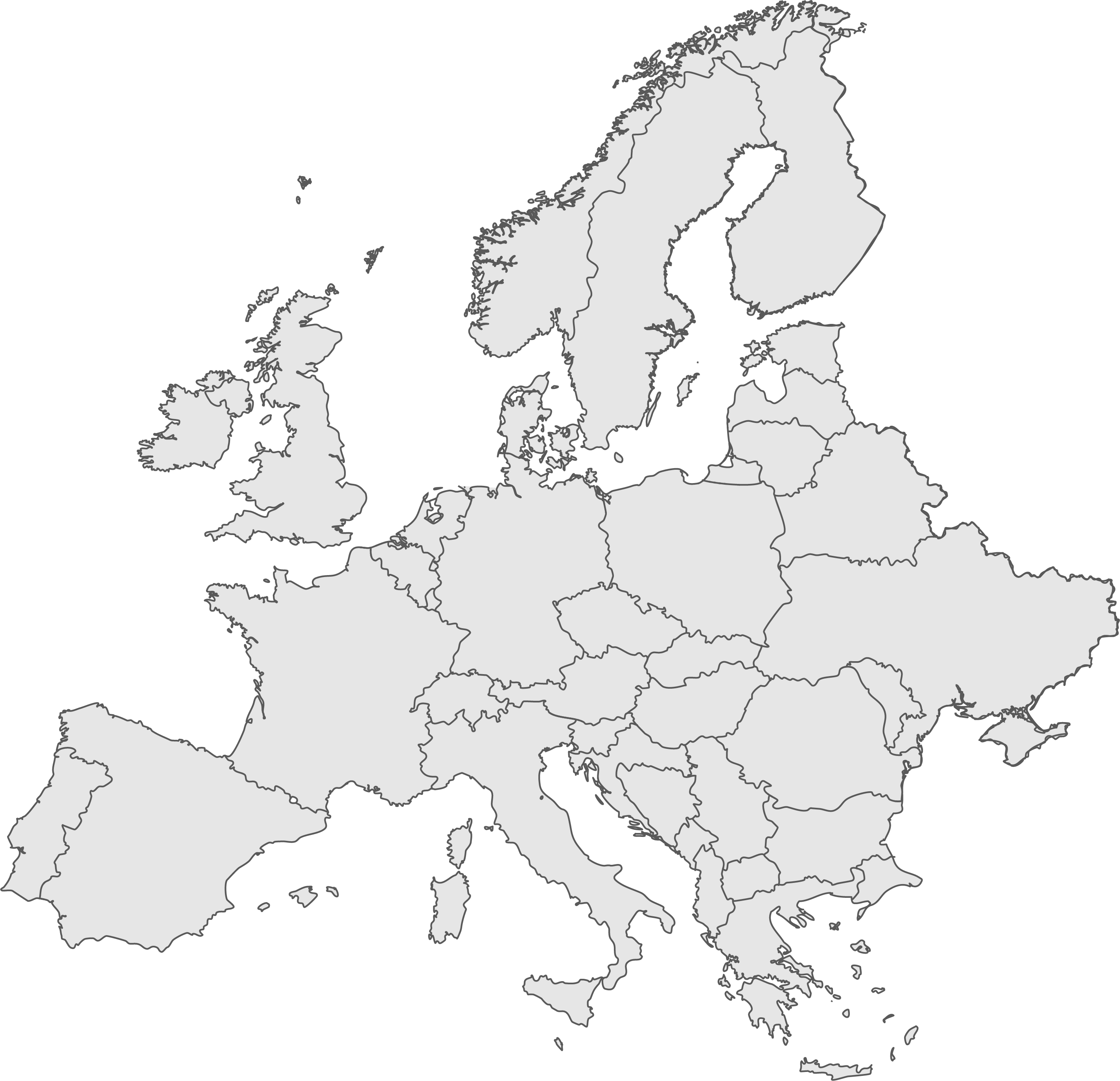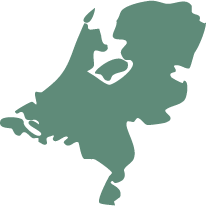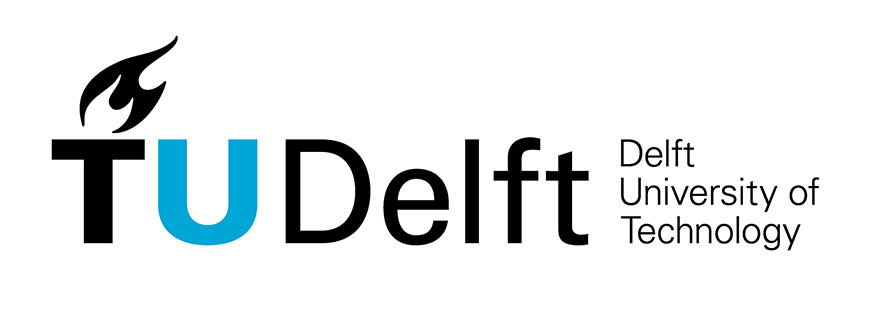Wrocław University of Environmental and Life Sciences (Poland) is one of the best specialized Universities in the country. It focuses its wide-ranging activities on education and research covering agriculture and related sciences. The profile of the UPWr and its mission are directly involved in transformation programmes dealing with rural development and food quality and management, with full respect paid to social support and interaction. At present, Wrocław University of Environmental and Life Sciences is the only agricultural University in the south-west region of Poland. In numbers, the UPWr employs about 1,600 people, among them 748 are academic teachers. Young faculty represents more than 200 graduate students and 380 scientists under 35 years. Nearly 10 thousand students are enrolled in 5 faculties in the UPWr.
Delft University of Technology (The Netherlands) is a public legal entity in accordance with the Higher Education and Research Act (WHW). It is the top-ranked Technical University in the Netherlands, ranked 7th in Europe. The main tasks include providing scientific education, conducting scientific research, transferring knowledge to society and promoting social responsibility. The university has been designated as a ‘public benefit institution’. It is heavily research oriented, publishing about 320 PhD theses and 6,000 Publications each year. It was ranked 32nd worldwide in the 2012-2013 5 Times Higher Education World Rankings in the field of Engineering and Technology, establishing TU Delft as the top-ranked Technical University in the Netherlands, ranked 7th in Europe.
KEY EXPERTISE
It has great expertise in algorithm and software development for geodetic data processing. That is why was chosen to help UPWr to improve the methodology for advanced geodynamic techniques used in this project for terrain deformation observations, namely radar remote sensing (InSAR)
TU Wien was founded in 1815, making it the first University of Technology in today’s German speaking area. TU Wien staff comprises about 140 professors, 3600 scientific staff and 1200 non scientific staff and over 29000 students are enrolled. It has been conducting research, teaching and learning under the motto ‘Technology for people’ for over 200 years. Research at TU rests on twin pillars: basic research differentiated according to discipline and application-orientated university research. Moreover, it is focused on five focal areas. These five pillars represent strengths and skills of TU Wien going back many years, and they strengthen its profile in international competition. Within these key areas, work is carried out on an inter disciplinary basis and the research spectrum is being constantly developed.
KEY EXPERTISE
TU Wien has developed the currently most advanced methods for precise geo-referencing of airborne LiDAR strips. Laser scanning (LiDAR)
Sapienza University of Rome
Sapienza University of Rome (Italy) is the largest university in Europe and the second in the world for number of students and the wide academic offer that includes over 250 degree programmes and 85 PhD programmes. Sapienza plans and carries out scientific investigations in almost all disciplines, achieving high-standard results both on a national and on an international level, thanks to the work of its 11 Faculties, 63 Departments and several centres devoted to scientific research. Scientific research activity at Sapienza covers an extremely broad spectrum of disciplines, reaching levels of excellence in many areas, including archaeology, physics and astrophysics, humanities and cultural heritage, the environment, nanotechnologies, cell and gene therapy, design, aerospace, social and economic sciences. Nobel Prize winners and internationally renowned scientists have taught and/or studied at Sapienza.
KEY EXPERTISE
SAPIENZA University of Rome GGD group was awarded prizes and recognitions at national and international level, and designed a patented algorithm (VADASE) in the frame of GNSS seismology.












